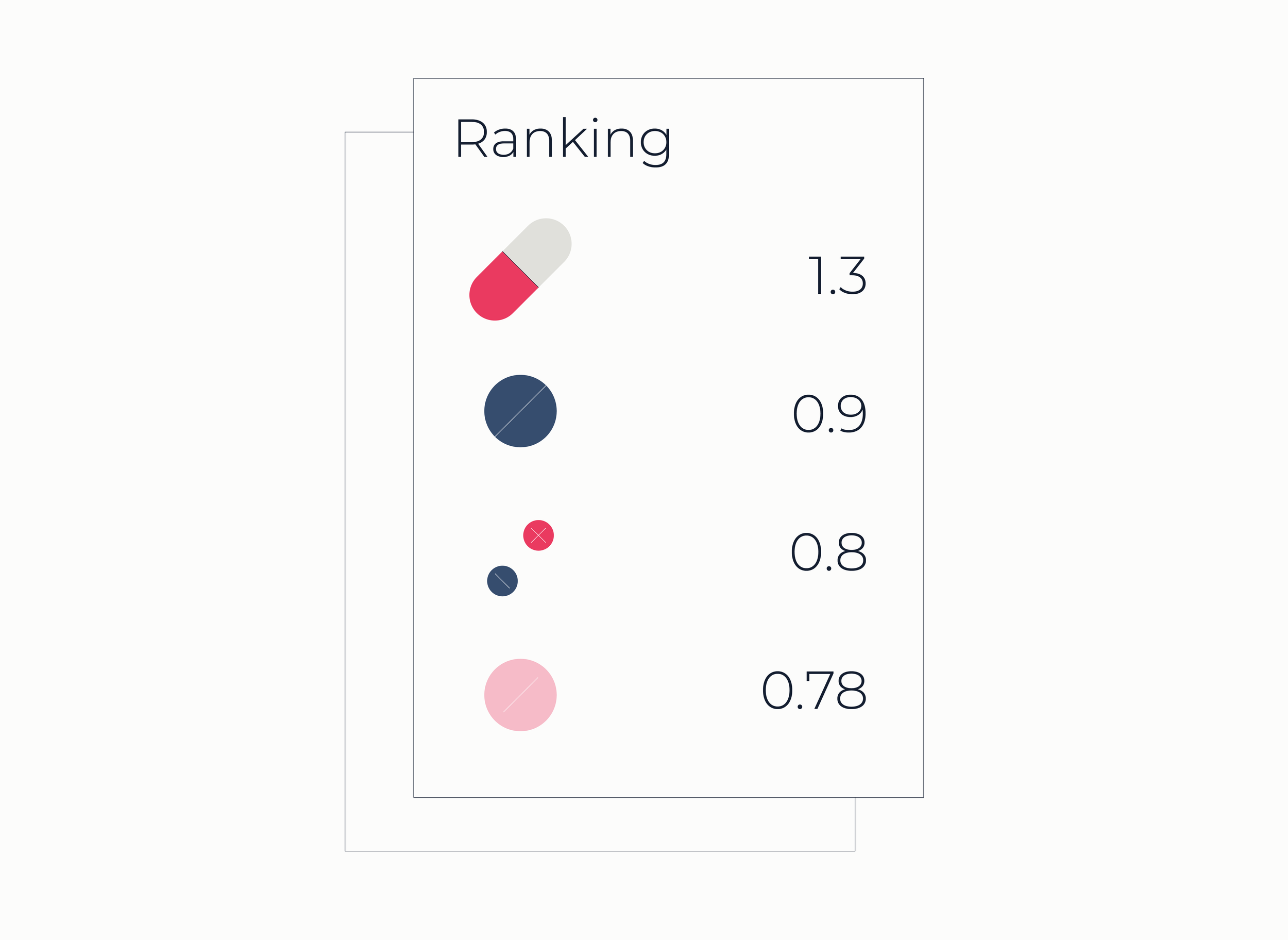TECHNOLOGY PLATFORM
The 4iDRP platform has emerged from world-leading research in image-based systems biology at ETH Zurich and University of Zurich.
OUR PROCESS
Our approach easily integrates into standard oncology workflows. The only requirement is the availability of live tissue samples for the 4i drug response profiling.
4iDRP captures how single cells respond to drug treatments across many relevant biomarkers. This approach allows us to recommend the drug with the highest functional potency in a given patient sample.
4i Drug Response Profiling workflow in 6 steps:
Patient Biopsy/Surgery
01
A live sample of the patient’s cancer is collected and stored. It is important that the cells in the sample are still alive, because Apricot BIO will measure the functional response to drugs of them at a later step.
Application of Drug Panel
02
A panel of 30-60 different anti-cancer medications (drugs) is added to the live patient cells. Each drug is tested in its own experimental unit. Some drugs are added in combinations of 2. We incubate cells for ~24 hours in order to observe the effect the drugs have on the molecular phenotype of cells.
Deep Molecular Phenotyping of Drug Responses
03
4i is an immunofluorescence microscopy technique with which we can visualize different aspects of a cell's molecular activities and structural features (biomarkers). Unlike more common techniques, 4i allows the measurement of many biomarkers (e.g., 20) in the same single cell, which we call deep molecular phenotyping. The imaged biomarkers typically carry information about proliferative signaling, cell death and other pathways that are important in cancer.
Image processing and Computer Vision
04
We run automated image processing pipelines on cloud computing infrastructure to segment single cells and extract single-cell features from images.
Multivariate Drug Response Analysis
05
All the drugs that were used in the experimental assay are ranked by an algorithm that computes if drugs show a favourable single-cell response in multivariate feature space (i.e., across all measured biomarkers).
Drug Response Report
06
We return a Drug Response Profiling Report, containing drugs ranked by their potency in the specific patient sample along with more in-depth data views.
KEY POINTS






